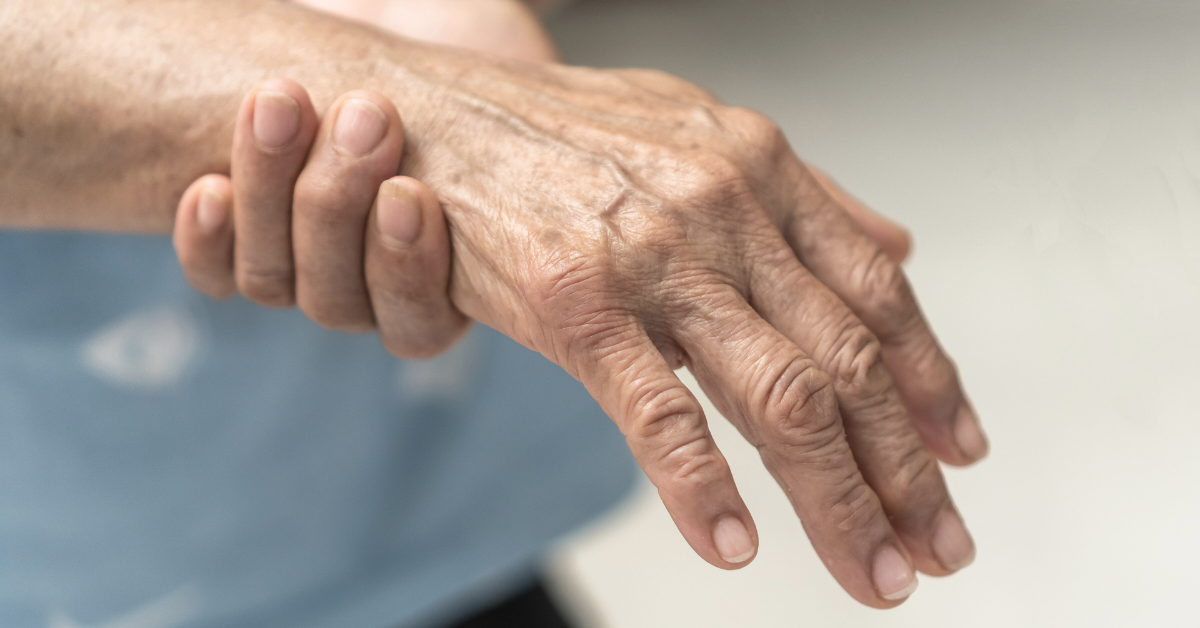
Diabetes affects everything. Your skin and nerves are no exception. Here's what you should know about your integumentary system and how to avoid or manage complications related to diabetes.
The integumentary system is our first line of defense. Damage or trauma to this system puts people with diabetes (PWD) at risk of complications, including blisters, infections, and rashes, and can jeopardize other systems. Let's learn more about the integumentary system and how you can sustain its health with a diabetes diagnosis.
What Is the Integumentary System?
The integumentary system is the outer layer of your body and consists of blood vessels, hair, glands, nails, nerves, and skin. You have three layers of protective skin that all have a specific function in keeping your body healthy. Nail consists of five parts and helps protect your fingers and toes. Our hair protects, traps bacteria or foreign agents, and keeps our head and skin warm. Several glands help cool and moisturize our skin. The integumentary system works with our immune system by storing necessary agents, such as water, glucose, fat, and vitamin D for adaptability and protection. Additionally, the integumentary system helps regulate your temperature and warn you of potentially harmful agents via your nervous system.
Potential Complications of the Integumentary System
High blood sugar attracts bacteria and yeast overgrowth, increasing your risk of infections. Infections of the skin can affect other systems, such as the musculoskeletal system, causing bone and foot infections. In addition, hyperglycemia can weaken your immune system, making you more susceptible to invasive microorganisms. High blood sugars can cause nerve damage, which lessens the effectiveness of the nervous system to warn you of danger. The nervous system affects every organ of the body, and if there is a disruption in this system, it can cause multi-system miscommunication.
Like other organs, the skin often speaks to us when something isn't quite right. Acanthosis nigricans is a skin condition associated with insulin resistance and obesity. Many skin conditions can occur due to high blood sugar levels, such as diabetes blisters, digital sclerosis, and dry skin.
The skin receives its source of nutrition from the cardiovascular system. Peripheral Vascular Disease is a condition that involves decreased circulation to the lower extremities. Inadequate blood supply can impair movement and skin healing and increase PWD's chance of amputation.
In addition, PWDs are at increased risk of developing types of cancers, including breast, bladder, gastrointestinal, pancreatic, and skin cancer.
How to Keep Your Integumentary System Healthy
When you keep your skin healthy, you also do the same for your other organs.
- Assess your skin daily. The sooner you observe potential issues (redness, swelling, blisters, etc.) and seek the appropriate care, you decrease your chances of having more severe complications.
- Drink plenty of water. Listen to your body. Sometimes, hunger pains may mean that you need to increase water intake instead of food. If you've just consumed a meal and are feeling hungry, please take a moment and sit down. Then, ask your body what it needs now.
- Clean your skin and avoid hot showers. Hot showers can over-dry your skin. In addition, use nonabrasive shampoos, conditioners, and soaps.
- Moisturize your body daily. Dry skin increases your risk of breaks in your skin and infections.
- Maintain consistent physical activity. Moving your body helps promote blood, oxygen, and nutrient circulation and eliminate waste.
- Avoid exposing the skin to chemicals and prolonged sunlight.
- Talk to your doctor about ways you can maintain hair and skin health.
Meal Planning for Optimal Integumentary System Health
Nutrients that support skin health include Vitamin A (promotes moisture and protects from the sun), Vitamin E (skin healing), and Vitamin C (reduces the risk of cancer) may help decrease your chances of skin cancer and protect you from the sun's rays Consider foods that provide these nutrients and include them creatively in your meal plan. Protein promotes healing and increases your skin's flexibility.
Overall, a meal plan that consists of fatty fish, lean meats (protein), fruit (vitamins A and C), nuts (vitamin E, selenium), and vegetables (vitamin C) is beneficial to keeping your integumentary system. The more variety you add to her meals, the less chance you will become bored with your meal plan. So, don't stay stuck on the foods, but the underlying nutrient you need to sustain optimal integumentary system health.

